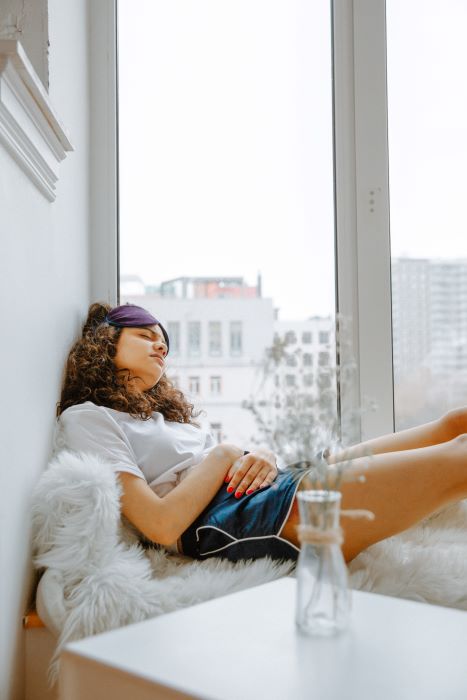Are you tired of being sidelined every month by debilitating menstrual pain? You’re not alone. Many women experience the unpleasant symptoms that come with their monthly cycle, but there are ways to alleviate the pain and get back to feeling like yourself. In this article, we will discuss some natural remedies that can help you stop menstrual pain in its tracks.
Midol: Your Go-To Pain Relief
Midol is a popular over-the-counter medication specifically designed to target menstrual pain and discomfort. It contains ingredients like acetaminophen, caffeine, and antihistamine, which work together to alleviate cramps, bloating, and other symptoms associated with menstruation. Taking Midol at the first sign of pain can help you get ahead of the discomfort and stay on top of your day.
Heating Pillow: Soothe Your Aching Muscles

One of the oldest tricks in the book for relieving menstrual pain is using a heating pillow. Applying heat to your lower abdomen can help relax the muscles and reduce cramping. Simply heat up a pillow in the microwave or use a hot water bottle, and place it on your abdomen for instant relief. This natural remedy is simple yet effective in managing menstrual pain.
Omega 3: Fight Inflammation Naturally
Omega 3 fatty acids are known for their anti-inflammatory properties, which can help reduce the severity of menstrual pain. Incorporating foods rich in omega 3, such as salmon, flaxseeds, and walnuts, into your diet can help alleviate cramps and discomfort during your period. You can also consider taking omega 3 supplements to ensure you’re getting an adequate amount of this essential nutrient.
Herbal Tea: Relax and Unwind

Herbal teas like chamomile, ginger, and peppermint are known for their soothing properties and can help relax your muscles and ease menstrual pain. Drinking a warm cup of herbal tea during your period can provide a sense of comfort and relief. Additionally, herbal teas can help reduce bloating and improve digestion, making them a great option for managing menstrual symptoms.
Magnesium: Essential for Muscle Function
Magnesium is an essential mineral that plays a key role in muscle function and relaxation. Studies have shown that magnesium can help reduce the intensity and duration of menstrual cramps. You can increase your magnesium intake by eating magnesium-rich foods like spinach, almonds, and dark chocolate, or by taking a magnesium supplement. Incorporating magnesium into your diet can help ease menstrual pain and improve overall well-being.
Fennel Seeds: Nature’s Pain Reliever

Fennel seeds are a natural remedy that has been used for centuries to alleviate menstrual pain. These seeds contain anethole, a compound that has anti-inflammatory and analgesic properties. You can brew fennel seed tea by steeping crushed fennel seeds in hot water for a few minutes. Drinking this tea a few times a day during your period can help reduce cramps and discomfort.
In conclusion, there are many natural remedies available to help you stop menstrual pain in its tracks. By incorporating methods like using Midol, applying a heating pillow, consuming omega 3, drinking herbal tea, increasing magnesium intake, and trying fennel seeds, you can find relief from the unpleasant symptoms of your period. Remember to listen to your body and experiment with different remedies to find what works best for you. Don’t let menstrual pain hold you back – take control of your health and well-being starting today.
